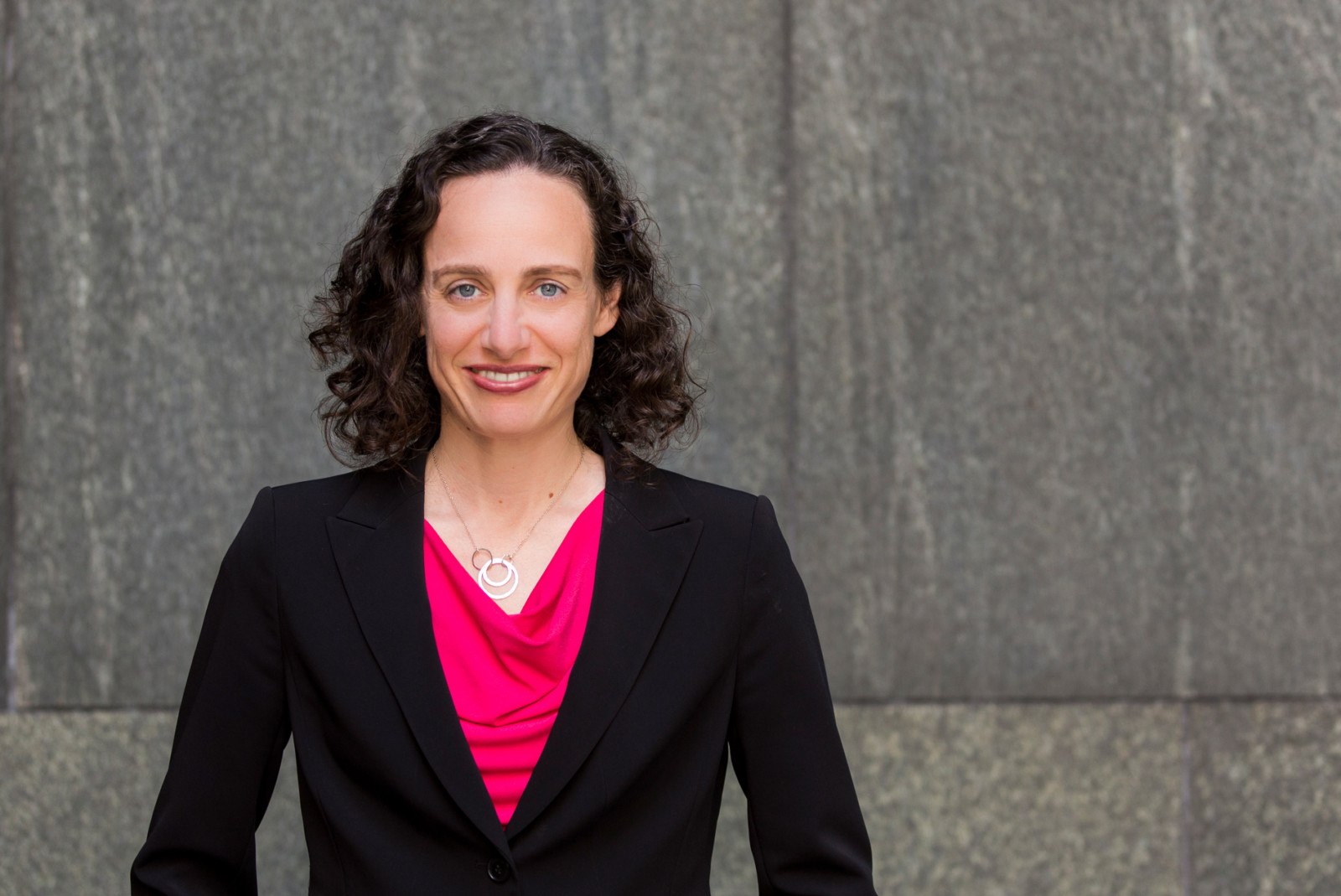Claire Moore, PE, SE, LEED AP BD+C, is the structural engineering practice leader in HOK’s San Francisco office and a member of the firm-wide engineering leadership group.
As the voice of the structural engineering team, Moore collaborates within HOK’s multidisciplinary teams to provide integrated design solutions for all types of projects.
What is a typical day like for you?
Engineers are trained to solve problems. At this point in my career, I’m faced with more than just engineering problem statements. In a typical day, I split my time three ways: Providing technical oversight for our engineering solutions, working on client relationships and marketing, and managing projects. Ultimately, my job is to help our team members, project partners and clients.
What do you enjoy about structural engineering?
I’ve always been interested in placemaking. Because I have a natural inclination toward math, engineering was a perfect fit that kept me involved with the building sciences. It’s intriguing to me to work with the architectural, landscape and planning teams to imagine what a new space looks like, how people experience a building and how the structure interacts with them.
What are the advantages of HOK’s multidisciplinary design teams, versus engineering-only firms?
Buildings are complex. In a multidisciplinary environment, engineers can learn about a building’s needs and how each system affects the others much more quickly than possible in a single-discipline consulting firm. When all the groups that have specialized knowledge about a portion of the design can come together as part of a united team and add input through their unique lenses early in the process, we can collaborate more efficiently and create a better design.
Describe the resilient design for Salt Lake City International Airport’s redevelopment.
HOK’s engineering group is working with our planners, architects and interior designers on the Salt Lake City International Airport Terminal Redevelopment Program. The 1.7-million-sq.-ft. project scope includes a new terminal, concourses, a parking garage, a central utility plant and a rental car facility, as well as runway updates to the existing airport. HOK is master engineer, providing mechanical, electrical, plumbing, structural, IT and security services.
The structural engineering challenges are extremely interesting. Because the airport is near the Wasatch Fault, the buildings need to meet rigorous earthquake safety standards. Structural seismic performance objectives are tailored for each building and developed with the airport to respond to regional resilience and economic considerations for each component of the program. With the airport’s proximity to the Great Salt Lake, the groundwater table is also fairly high and the soil is soft. And because the airport is in the high desert, the site experiences large thermal swings, from scorching summer temperatures to cold and snow. Combining these challenges with large floor plate structures resulted in 29 structurally independent structures.
To efficiently design each of the buildings simultaneously, we put in place lean processes such as pull planning, feedback loops and constraint logs. We spent a lot of upfront time working out scripts and workflows that made it possible to perform tasks that previously required weeks in just hours.
Describe HOK’s involvement with the U.S. Resiliency Council.
HOK is a founding member of the U.S. Resiliency Council, which is seeking to improve the understanding of structural design for resilience by implementing rating systems that describe the performance of buildings during natural disasters such as earthquakes.
Much of the general public believes that meeting building codes makes a structure earthquake-proof. In reality, the code intent is that a building should be life safe in the event of an earthquake. This means that occupants can safely exit the building but structural and nonstructural damage may make the building uneconomical to repair. The 2011 earthquake in Christchurch, New Zealand, is a good example. Though many of the buildings were life safe, an assessment after the disaster reported that roughly 70 percent of the city’s central business district had to be torn down and rebuilt.
HOK is a leader in resilient design. The USRC’s new rating system goes a step beyond building codes, looking at the performance of a building in three dimensions: safety, damage and recovery. This is a new tool that we can use with our clients to document the contributions of their projects to developing more resilient communities.
Do you have advice for young engineers?
Learn the art and science of engineering in your first few years. Develop technical depth in several areas that interest you. Don’t just do what people tell you to do. Ask lots of questions to know exactly what you’re doing and why. Asking and understanding why often leads to innovation.
